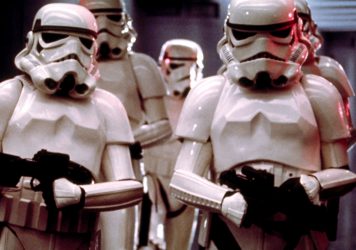When we talk about “style” in cinema, it’s likely in relation to the work of a film director. Yet the vision of a director is limited to an ideal, whereas the cinematographer has the ability to make these dreams into reality. Barry Ackroyd is now a veteran of the feature-film scene, one of a small handful of artists whose work is easily identifiable from project to project.
He began his career as a photographer and documentary cameraman before entering into long-term creative relationships with Ken Loach and Paul Greengrass. Inspired by the “verité” documentary movement of the 1960s, specifically directors such as Richard Leacock or the Maysles brothers, Aykroyd’s weapon of choice is his Aaton 16mm camera which offers him a measure of immediacy and crispness of picture, while also emphasising the link to “reality”.
He is one of the pioneers of the realist screen-docudrama, and films such as United 93 and My Name Is Joe attained their power largely through the way in which they were filmed. He won a BAFTA award for his work on Kathryn Bigelow’s The Hurt Locker, a film he didn’t realise would enter into a slow-burn spiral of continual awards glory.
His CV includes low-key Brit gems such as Stella Does Tricks and Beautiful People, Ken Loach classics such as Land and Freedom and The Wind that Shakes The Barley, award season darlings like Captain Phillips and, looking to the future, Gillian Flynn adaptation Dark Places and the next directorial project by Sean Penn, The Last Face.
We met Ackroyd at his home in north London where he talked us through some of the artifacts that have been integral to his creative growth.
Like this film? Subscribe to our YouTube channel for more.
Published 7 Jan 2015

Christine Blundell takes us inside her London academy.

Andrew Ainsworth reveals how he created a Star Wars icon from his west London workshop in the latest episode of our Artifacts series.

Jeremy Thomas invites us to rummage around his trinket-littered office.